A thrombosed hemorrhoid is a painful condition caused by a blood clot forming inside an external hemorrhoid. It appears as a complex, swollen lump near the anus.
A blood clot forming inside an external hemorrhoid can cut off blood flow, causing pain and swelling.
Thrombosed hemorrhoids may bleed if the clot breaks open.
Thrombosed hemorrhoids aren't usually severe and often go away independently in a few weeks.
Treatment includes pain relievers, sitz baths, and stool softeners. In extreme cases, surgical drainage or clot removal may be recommended to relieve pain.
Symptoms of Thrombosed Hemorrhoids
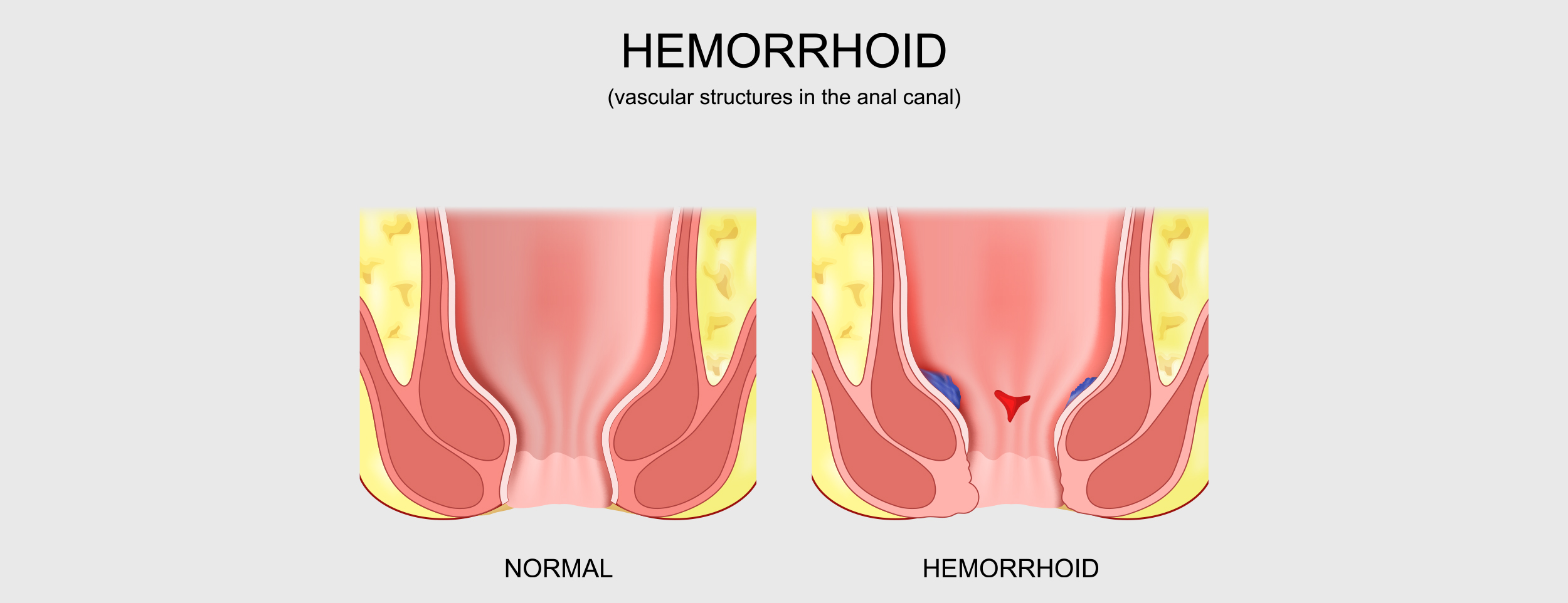
Symptoms of thrombosed hemorrhoids include sharp and intense pain, swelling, and a lump on the anus's edge. Thrombosed hemorrhoids may also lead to bleeding, itching, and difficulties with bowel movements.
The symptoms of thrombosed hemorrhoids can sometimes be confused with those of other anorectal conditions. Thus, seeking prompt medical advice for an accurate diagnosis is essential.
Sitting, Walking, And Bowel Movements Cause Pain:
The condition is caused by blood clots forming inside external hemorrhoids, leading to inflammation and severe discomfort. You may experience sharp, burning sensations, especially during bowel movements and while sitting.
Medical professionals often recommend lifestyle changes such as high-fiber diets, staying hydrated, and avoiding straining during bowel movements.
Bleeding During Bowel Movements
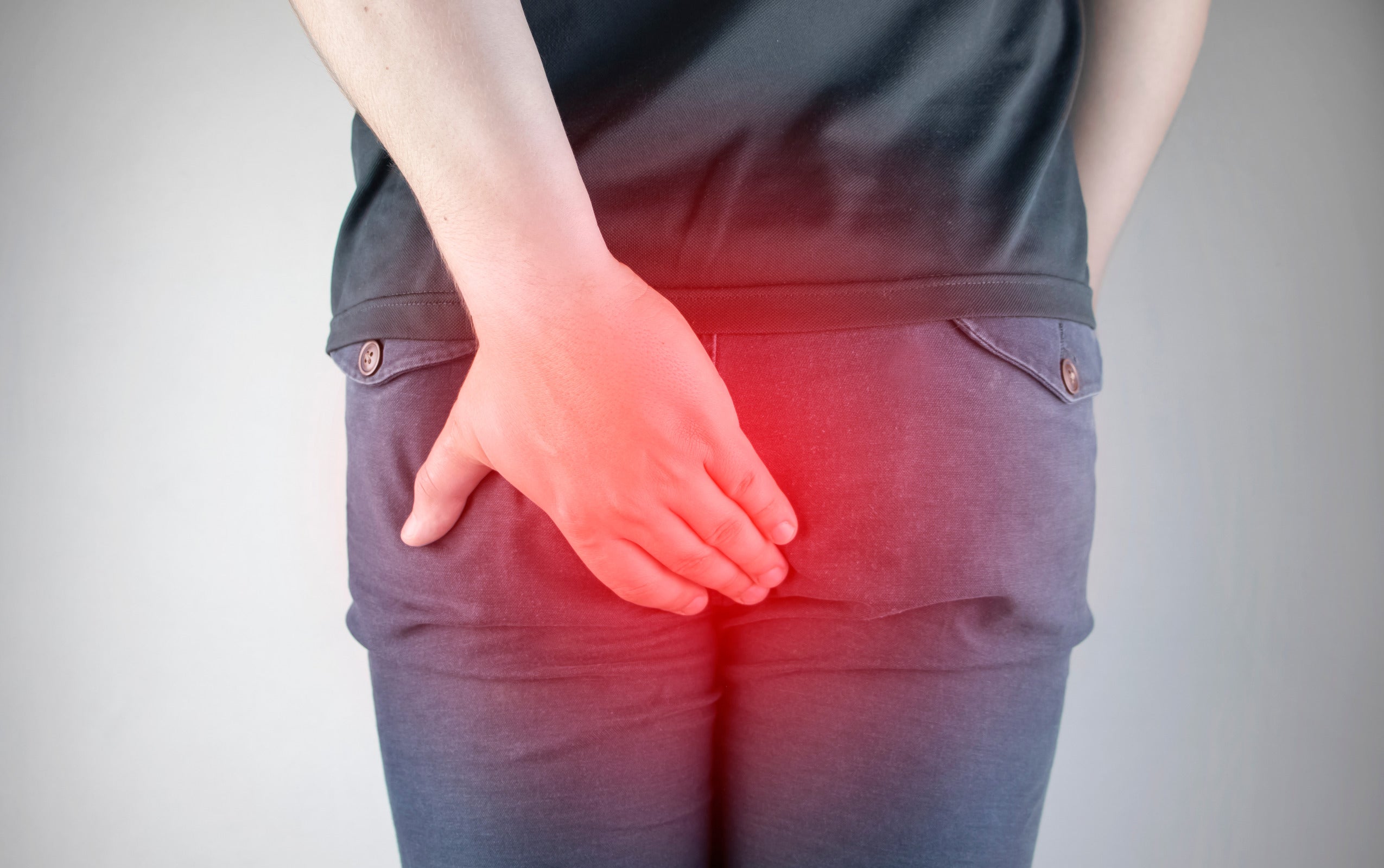
People may experience bleeding during bowel movements at some point, but it can be a sign of a more serious condition like thrombosed hemorrhoids.
This occurs when a blood clot forms in a swollen vein in the anus or lower rectum. Constipation straining causes thrombosed hemorrhoids, obesity, pregnancy, and sedentary living.
Itching Around The Anus
Itching around the anus is a common symptom of a thrombosed hemorrhoid, which occurs when a blood vessel in the hemorrhoidal tissue becomes swollen and painful. Various factors, such as constipation, pregnancy, obesity, and prolonged sitting or standing, can cause this condition.
Although itching is a common symptom, it is not the only one. Watch out for swelling and lumps near the anus, pain, and difficulty passing stool. Get a proper diagnosis and treatment plan if you experience these symptoms.
Treatment for thrombosed hemorrhoids includes sitz baths, pain relievers, and topical creams. Surgery may be necessary in severe cases to remove the clot and relieve the pain.
Lumps or Swelling Around The Anus
Blood clots cause thrombosed hemorrhoids in the external hemorrhoidal veins around the anus. This can be due to excessive pressure during bowel movements from constipation, diarrhea, obesity, pregnancy, and prolonged sitting or standing.
Thrombosed hemorrhoids tend to go away on their own within a few weeks, and treatments such as pain relief medications, warm baths, and topical creams can help alleviate discomfort.
Other conditions can cause similar symptoms, so if symptoms persist or if there are concerns, seek medical advice. Don't suffer in silence- get professional help!
Diagnosis of Thrombosed Hemorrhoids
Diagnosing thrombosed hemorrhoids involves a physical examination of the anus and rectum. Your doctor may also need to perform a digital rectal exam or a colonoscopy to rule out other anorectal conditions, such as fissures or cancer. Imaging studies such as MRI, ultrasound, and CT scan may also be used in advanced cases.

Treatment Options For Thrombosed Hemorrhoids
Thrombosed hemorrhoids can be extremely painful and uncomfortable, but thankfully, various treatment options are available. The two main treatment categories are home remedies/over-the-counter and medical treatments.
Home Remedies And Over-the-counter Treatments
Hemorrhoids with thrombosed blood vessels can be treated at home with sitz baths and ice packs. Over-the-counter treatments, such as creams and suppositories containing hydrocortisone or witch hazel, can help alleviate discomfort.
Medical Treatments, Such As Hemorrhoidectomy And Stapling
Medical treatment may be needed if home remedies and OTC treatments do not work. Hemorrhoidectomy, which involves surgically removing the affected tissue, is a common treatment for severe cases. Another option is stapling, which involves using a special stapler device to cut off the blood supply to the affected tissue.
Surgery Options
In rare cases, surgery may be necessary to treat thrombosed hemorrhoids. This may involve removing the affected tissue or using a specialized surgical technique to close off the blood vessels supplying the hemorrhoid.
Recovery And Aftercare

After treatment for thrombosed hemorrhoids, it is important to follow proper aftercare to ensure a smooth recovery. Patients can expect some pain and discomfort in the days following treatment but can usually resume normal activities within a week or two.
To prevent future thrombosed hemorrhoids, patients should maintain good hygiene practices and avoid straining during bowel movements.
When To Seek Emergency Medical Attention
Most thrombosed hemorrhoids can be treated at home or with medical intervention. However, in certain cases, emergency medical attention may be necessary.
If you experience severe pain, significant swelling, or heavy bleeding, seek immediate medical treatment. Don't hesitate to get help when you need it.
Lifestyle Changes To Help Prevent Hemorrhoids
To help prevent future thrombosed hemorrhoids, patients can make certain lifestyle changes. Dietary changes, such as drinking plenty of water and eating a high-fiber diet, as well as regular exercise, can help.
Good hygiene practices, such as wiping gently after bowel movements and avoiding excessive straining, can also help prevent hemorrhoids from occurring.
Dark Hemorrhoid
If you have thrombosed hemorrhoid, a dark and alarming symptom to look out for is a dark-colored appearance of the hemorrhoid. This usually means a lack of blood flow, and the tissue may die a serious complication. To prevent further complications and ensure proper healing, seek medical attention immediately.
"Dark Hemorrhoids" is not commonly used, but it can be helpful for patients and healthcare professionals. Surgical treatment may be needed for dark hemorrhoids. To minimize the risks and get effective treatment, seek medical attention if you notice this symptom.
Dark Blue Hemorrhoid
A thrombosed hemorrhoid is a painful and swollen vein in the anal area caused by a blood clot. This condition is a purplish lump, making bowel movements difficult and uncomfortable. The dark blue hemorrhoid is a type of thrombosed hemorrhoid that requires more medical attention. A deep blue or black tint indicates severe damage to the vein, which can lead to infection or abscess.
An urgent treatment option might involve surgically removing the affected vein or draining the blood clot. To prevent complications and improve your comfort and well-being, seek prompt medical attention if you are experiencing pain, swelling, or difficulty passing stool.
Dark Spot On Hemorrhoid
A dark spot on your hemorrhoid might indicate thrombosed hemorrhoid, causing swelling, pain, and discoloration. This condition distorts daily activities and sitting, causing unbearable discomfort. Blood clots in thrombosed hemorrhoids obstruct blood flow and lead to tissue necrosis.
Complications such as sepsis, gangrene, and even death may arise if left untreated. Treatment can include medication, minimal procedures, or surgery, depending on the severity level. Early diagnosis and treatment can prevent long-term effects, enabling a successful recovery.

Hemorrhoid Dark Red Blood
Blood in thrombosed hemorrhoids often appears dark red, as it has been in the digestive system for some time and has changed. Blood bleeds when veins swell and rupture due to straining or sitting for too long.
While not life-threatening, this condition can cause significant pain and discomfort, negatively impacting the individual's quality of life. Medical attention and proper treatment are crucial to alleviating these symptoms. Don't ignore the warning signs; find relief today.
Hemorrhoid With Dark Purple Spot
The super painful condition of thrombosed hemorrhoids is caused by a blood clot forming in a hemorrhage. You'll experience agony when sitting, walking, or even going to the bathroom. Additionally, the hemorrhoid may develop dark purple spots that are caused by accumulating blood.
Skin nearby can also become discolored or bruised. Don't ignore a small bump since it can quickly grow to become excruciating. Severe cases may even cause bleeding.
To control pain, use topical creams, sitz baths, or over-the-counter pain relievers. But, in rare cases, you may need surgery to remove the clot. Bottom line: seek immediate medical attention if you suffer from these symptoms.
Conclusion:
Thrombosed hemorrhoids can be a painful experience that can negatively impact your daily life. You can alleviate symptoms and reduce the chances of developing hemorrhoids with proper treatment.
To prevent any further complications, seek medical attention if you're experiencing severe pain or swelling around your anus.

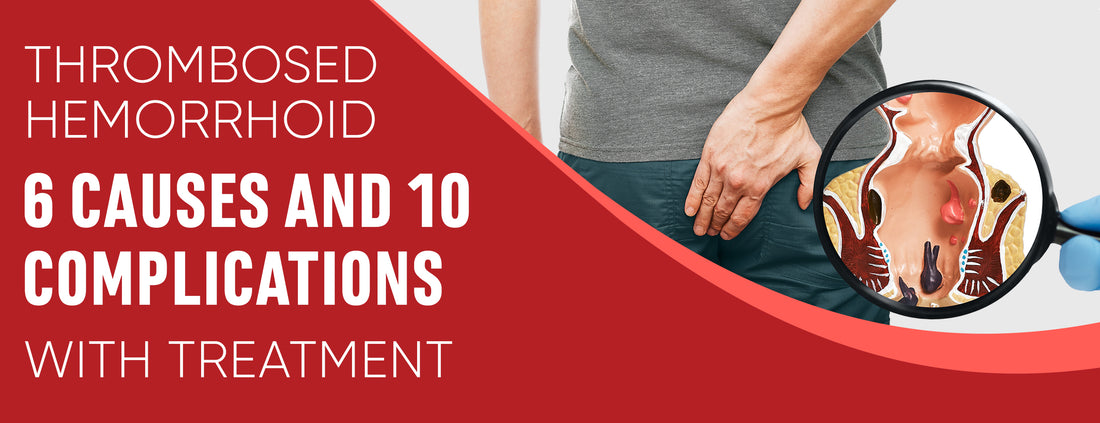




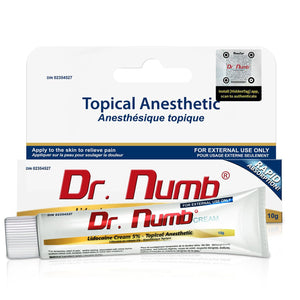

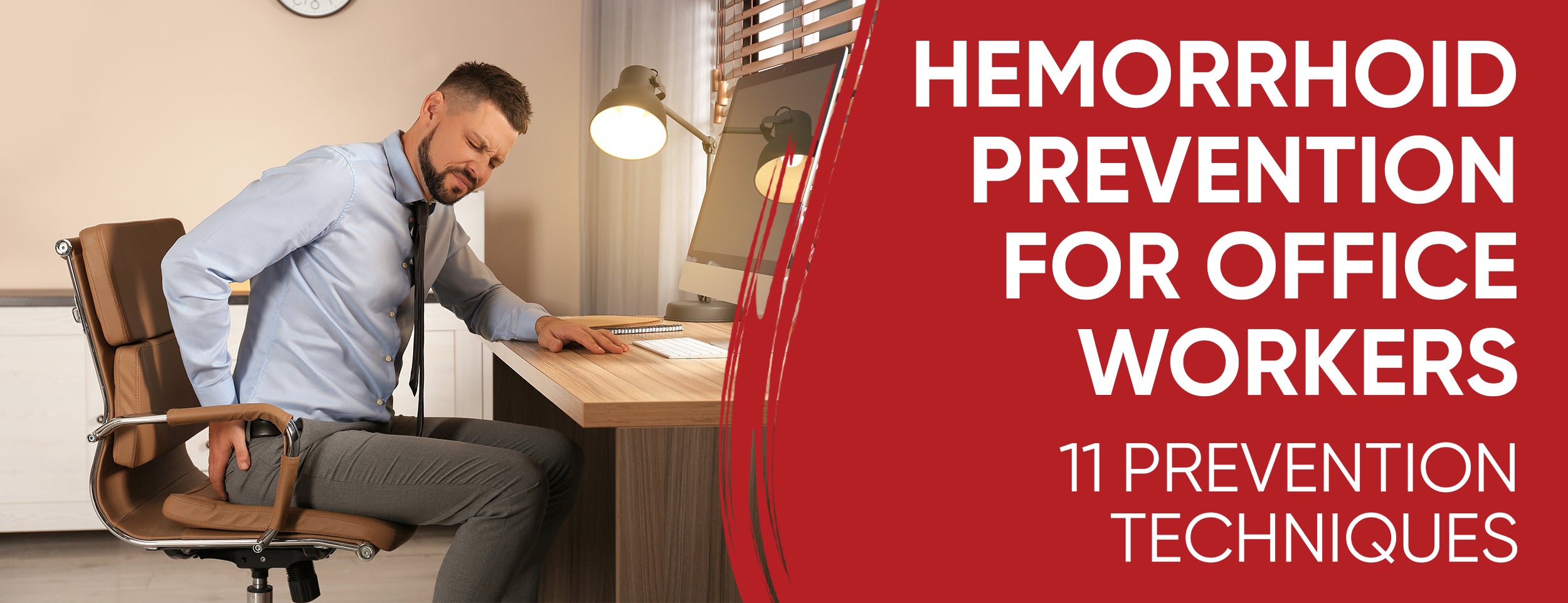
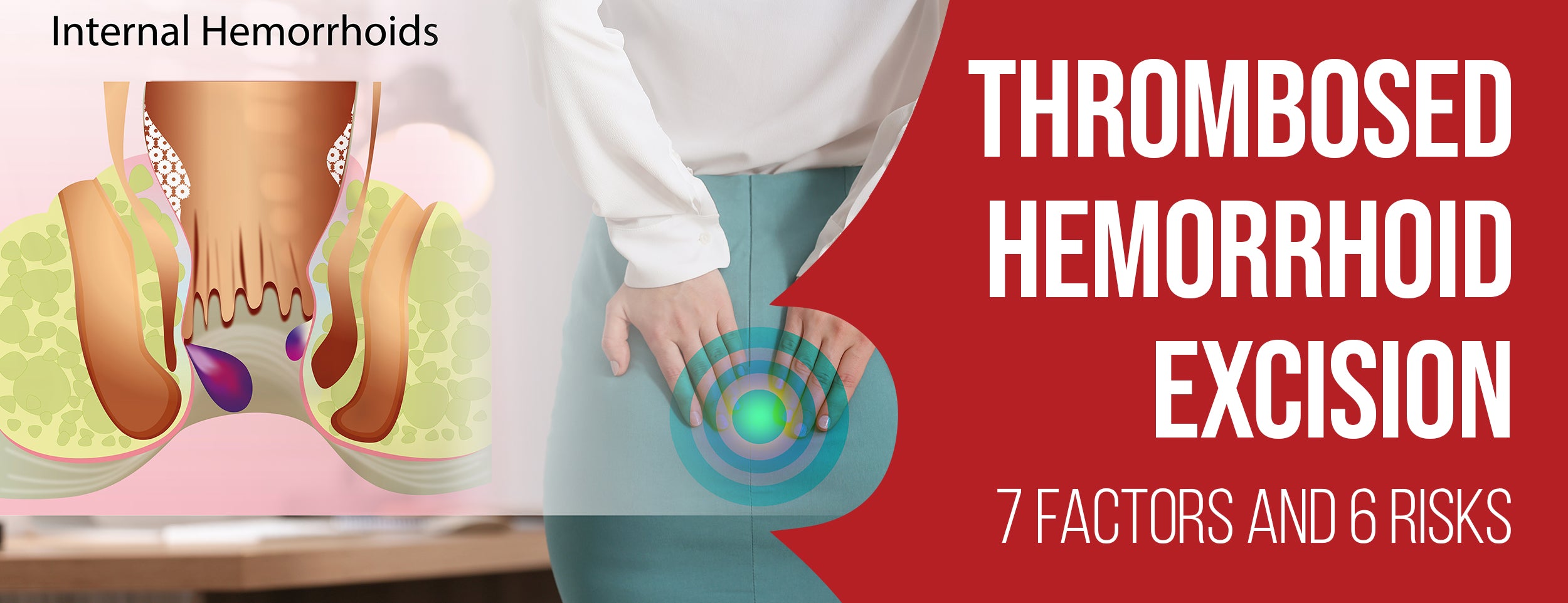
![Precautions & 6 Steps to Draining Thrombosed Hemorrhoids [DIY]](http://drnumb.ca/cdn/shop/articles/Draining_Thrombosed_Hemorrhoid_Yourself__6_Steps_8_DIY_Tips_With_Precautions.jpg?v=1713931775)

